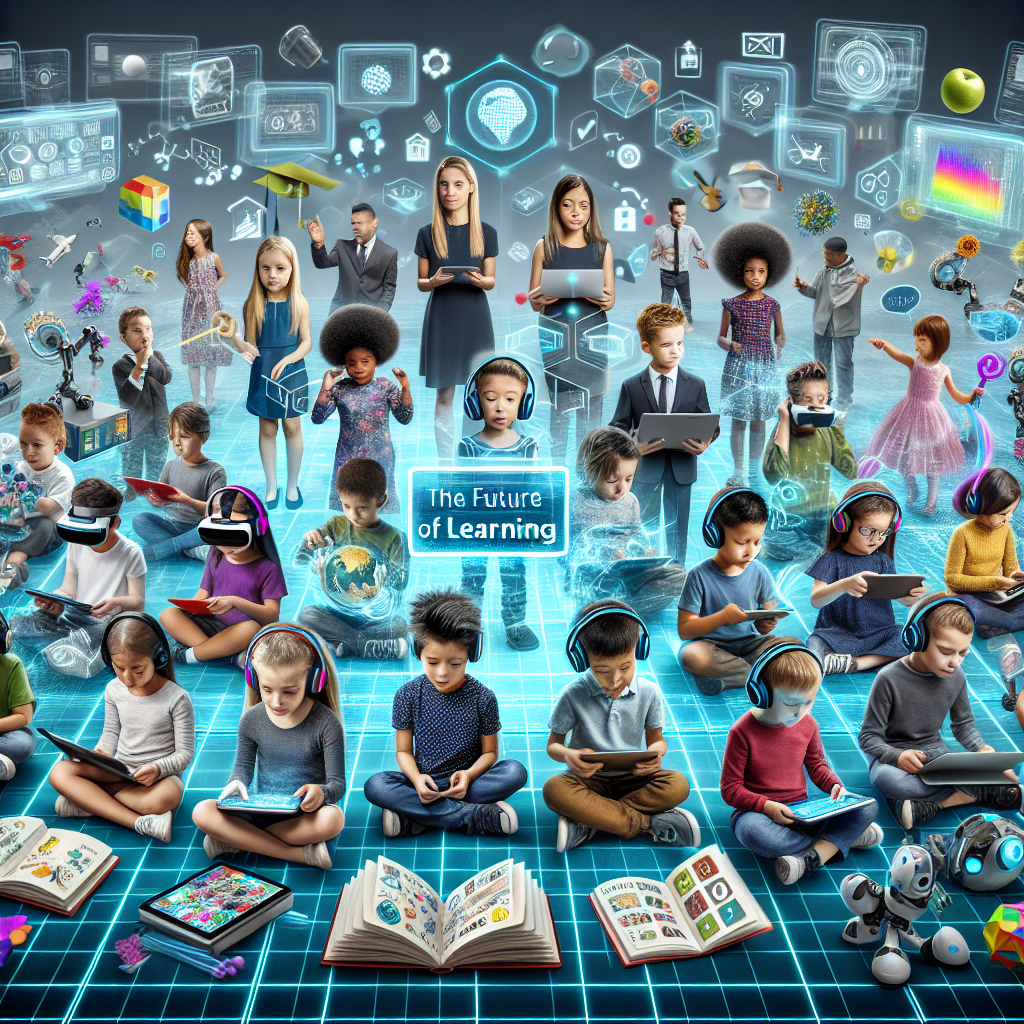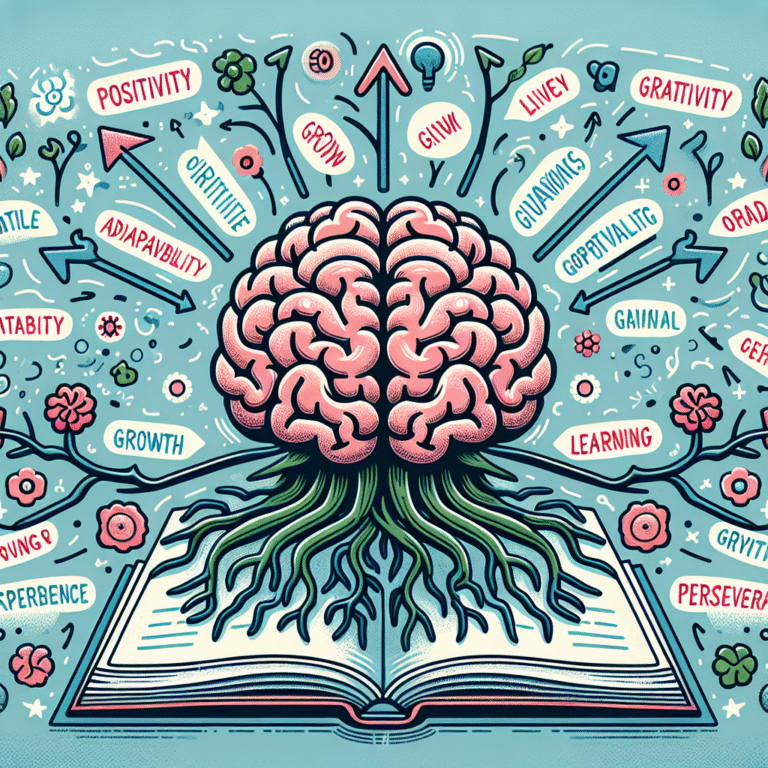
Introduction
Imagine a classroom where every student learns at their own pace, where personalized curricula are crafted to fit individual needs, and where technology acts as a bridge rather than a barrier. Welcome to the future of learning! In this evolving educational landscape, one critical element that stands at the forefront is instructional design. As we explore "The Future of Learning: How Instructional Design is Shaping Education," we will uncover how innovative strategies are revolutionizing the way knowledge is imparted, making education more effective, engaging, and inclusive.
The Foundation of Instructional Design
What is Instructional Design?
Instructional design is the systematic process of developing educational and training materials and experiences in a consistent and efficient manner. It involves understanding the needs of learners, defining clear learning objectives, and designing educational experiences that meet these objectives. By focusing on learner-centered approaches, instructional design seeks to enhance retention and applicability of information, promoting a deeper understanding.
The Evolution of Instructional Design
Historically, educational strategies have relied heavily on rote memorization and one-size-fits-all approaches. However, with the advent of technology and research-backed methodologies, instructional design has evolved:
- Behaviorism: Early 20th-century approaches focused on observable behaviors and their responses.
- Cognitivism: Shifted focus to internal processes like thinking, memory, and problem-solving.
- Constructivism: Emphasizes learners’ active role in constructing knowledge based on their experiences.
The Relationship Between Technology and Instructional Design
As we delve into "The Future of Learning: How Instructional Design is Shaping Education," it’s crucial to address the role of technology. Digital tools, when used strategically, can greatly enrich the learning experience. Virtual classrooms, augmented reality (AR), and artificial intelligence (AI) are transforming traditional methods into more dynamic learning environments.
Real-World Applications of Instructional Design
Case Study: Online Learning at Khan Academy
The Khan Academy platform epitomizes the essence of instructional design. It leverages video lessons, practice exercises, and a personalized dashboard that allows students to learn at their own pace. By analyzing user data, Khan Academy continuously refines its content, making it more effective for diverse learner needs.
Brief Analysis
Khan Academy’s success illustrates how data-driven decisions can enhance instructional design, ultimately leading to improved learner outcomes. The platform exemplifies the importance of adaptability and personalization, central to "The Future of Learning: How Instructional Design is Shaping Education."
Case Study: The Flipped Classroom Model
The flipped classroom model reverses traditional learning, where students engage with lecture materials at home and participate in interactive sessions in class. This method, seen in schools such as Woodland Park High School, encourages collaboration and critical thinking.
Brief Analysis
The flipped classroom technique demonstrates how instructional design can be tailored to maximize engagement and face-to-face interaction. By reimagining the classroom dynamics, educators are actively reshaping the educational experience—showcasing "The Future of Learning: How Instructional Design is Shaping Education."
Innovative Strategies in Instructional Design
Personalization: The Key to Engagement
Personalized learning experiences are no longer a luxury; they have become a necessity. By utilizing learner analytics, educators can cater to individual needs, ensuring that every student is both challenged and supported.
Gamification: Making Learning Fun
Incorporating game mechanics into learning environments can significantly enhance motivation. Platforms like Duolingo employ gamification—making language learning enjoyable and interactive, which in turn fosters engagement.
Multimodal Learning: Catering to Different Learning Styles
Instructional design emphasizes multimodal learning to accommodate different preferences. Whether through auditory, visual, or kinesthetic approaches, this strategy ensures that every learner can engage with the material effectively.
The Role of Data and Analytics
Understanding Learner Needs
Data analytics is central to modern instructional design. By assessing student performance and engagement, educators can tailor their instructional methods to produce better outcomes. The use of learning management systems (LMS) has enabled a more refined approach to education.
Measuring Success
Key performance indicators (KPIs) such as student retention rates and assessment scores provide educators with actionable insights. These metrics can inform ongoing improvements to instructional practices, showcasing the vital aspects of "The Future of Learning: How Instructional Design is Shaping Education."
Embracing Diversity in Education
Culturally Responsive Instructional Design
Diversity in the classroom enriches learning experiences. Instructional design must reflect and celebrate this diversity through culturally responsive practices. This approach values students’ cultural backgrounds, ensuring inclusivity and equity in education.
Accessibility: Meeting Needs of All Learners
Universal Design for Learning (UDL) principles advocate for flexibility in educational resources. Instructional design should strive for accessibility by providing multiple means of engagement, representation, and action/expression. This ensures that all learners, regardless of their abilities, can thrive in educational settings.
Future Challenges in Instructional Design
The Digital Divide
Despite technological advances, disparities in access to technology remain a major challenge. Ensuring equitable access to educational resources must be a priority to avoid exacerbating learning inequalities.
The Shift in Teacher Roles
With the expanding scope of instructional design, the role of educators is evolving from content deliverers to learning facilitators. This transition requires professional development, support, and adaptability from educational institutions.
Conclusion
As we reflect on "The Future of Learning: How Instructional Design is Shaping Education," it becomes evident that the marriage between technology and instructional techniques holds immense potential. The focus on personalized, engaging, and equitable learning experiences is more critical than ever. By harnessing the power of strategic design, educators can unlock a world of possibilities for learners everywhere.
Key Takeaways
- Instructional design is pivotal for creating effective, engaging educational experiences.
- Real-world applications, such as Khan Academy and flipped classrooms, demonstrate innovative strategies in practice.
- Data analytics, personalized learning, and inclusivity are essential components of modern instructional design.
- The future demands a commitment to addressing challenges like the digital divide and evolving teacher roles.
FAQs
1. What is instructional design and why is it important in education?
Instructional design is the systematic creation of educational experiences that cater to diverse learner needs. It is vital because it aims to enhance learning outcomes, making education more effective and engaging.
2. How can technology enhance instructional design?
Technology can provide dynamic learning environments through tools like LMS, VR, and AI, allowing personalized and engaging experiences for students.
3. What are some examples of innovative instructional design strategies?
Innovative strategies include personalized learning paths, gamification, and multimodal approaches, which cater to various learning styles and preferences.
4. How does data analytics contribute to instructional design?
Data analytics helps educators understand learner needs, assess performance, and make informed decisions to refine educational strategies continually.
5. What challenges does instructional design face in modern education?
Challenges include ensuring equitable access to technology, addressing the digital divide, and adapting to the changing roles of educators in the learning process.
In essence, the future of education is bright, shaped by the innovative practices of instructional design that promise to engage and empower learners worldwide.















